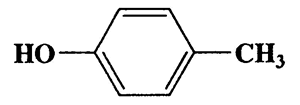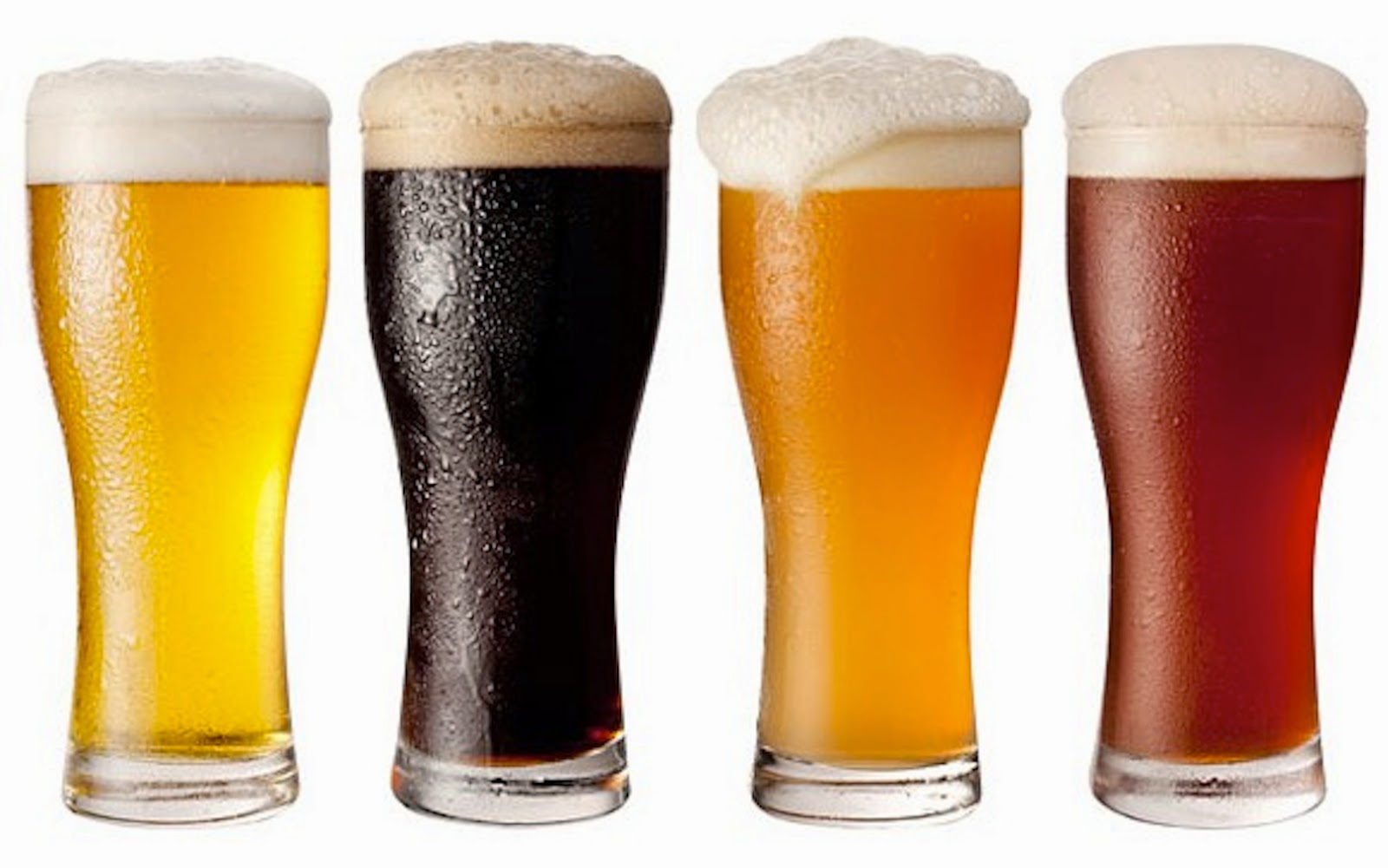Bruschetta
- What factors contributed to your success? What would you do differently the next time you did the lab?
In my opinion, us working as a team and everyone having a responsibility such as slicing the tomatoes, slicing basil and garlic, preparing toasted bread and washing the dishes helped us to do a acceptable job in the food lab. Also, the fact that we had already practiced knife skills in the past labs helped us to do the cutting and slicing parts faster and better. For the next labs, the only thing that I would like to change is the amount of each item that we are going to use in cooking. In the past lab, we had a lot of toasted breads with a little amount of mixed basil and tomatoes and that caused a little bit of problem for us.
- Where or what types of places can you envision this dish be served at.
This dish which is a really light appetizer which can be a healthy and delicious alternative to the unhealthy snacks such as onion rings, french fries and many else. Bruschetta is so easy to makes and it takes almost 30 minutes to make almost 50 of them. It can be served in almost any gathering such as sport events, weddings, parents and teachers nights, parties, and even as a snack for children during lunch time.
- What other meals would taste good with this particular meal that we prepared at the food lab?
This dish is an Italian appetizer which is made of three main ingredients that are used in most of Italian meals; tomatoes, cheese and basil. any kind of pasta will taste good with this dish because they both have this special Italian flavor that kinda match each other. Also, this appetizer, if served with soup, will have a wonderful taste. I cannot think of any Persian dish ( the culture which I am almost an expert on the foods that are served in it) that will go with bruschetta because Persian flavors are so different from Italian ones.
- Where or what types of places can you envision this dish be served at.
This dish which is a really light appetizer which can be a healthy and delicious alternative to the unhealthy snacks such as onion rings, french fries and many else. Bruschetta is so easy to makes and it takes almost 30 minutes to make almost 50 of them. It can be served in almost any gathering such as sport events, weddings, parents and teachers nights, parties, and even as a snack for children during lunch time.
- What other meals would taste good with this particular meal that we prepared at the food lab?
This dish is an Italian appetizer which is made of three main ingredients that are used in most of Italian meals; tomatoes, cheese and basil. any kind of pasta will taste good with this dish because they both have this special Italian flavor that kinda match each other. Also, this appetizer, if served with soup, will have a wonderful taste. I cannot think of any Persian dish ( the culture which I am almost an expert on the foods that are served in it) that will go with bruschetta because Persian flavors are so different from Italian ones.










